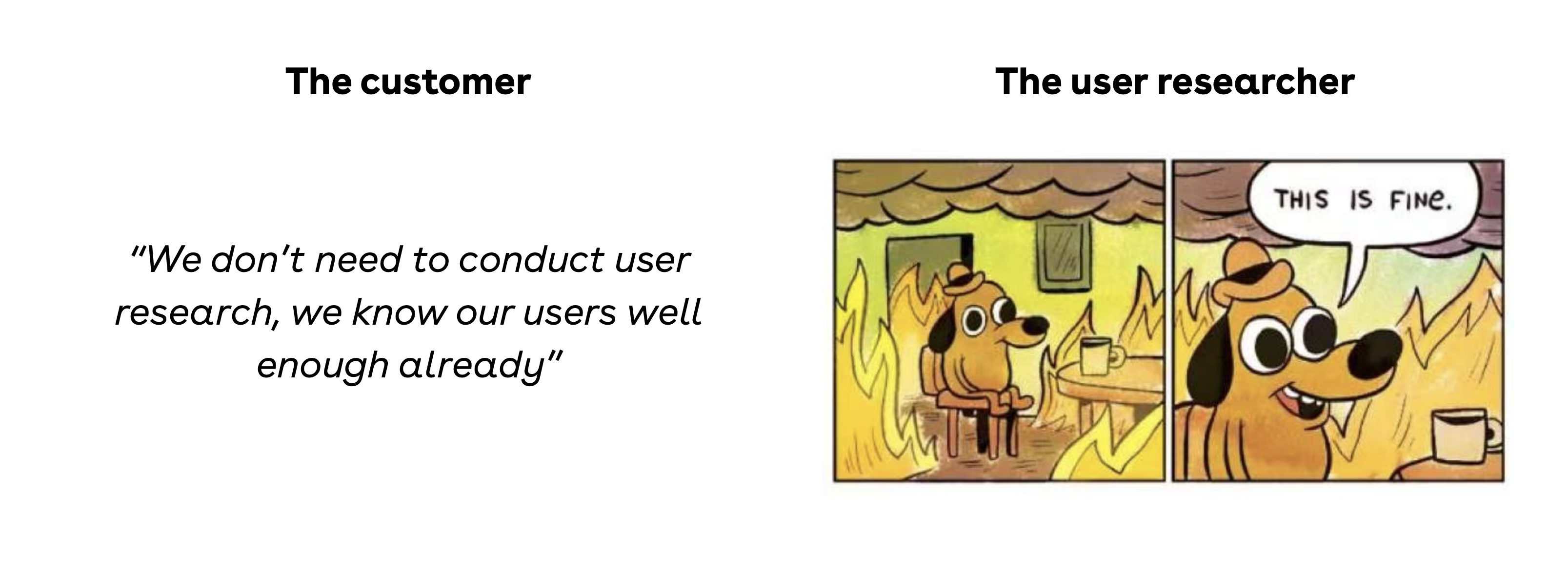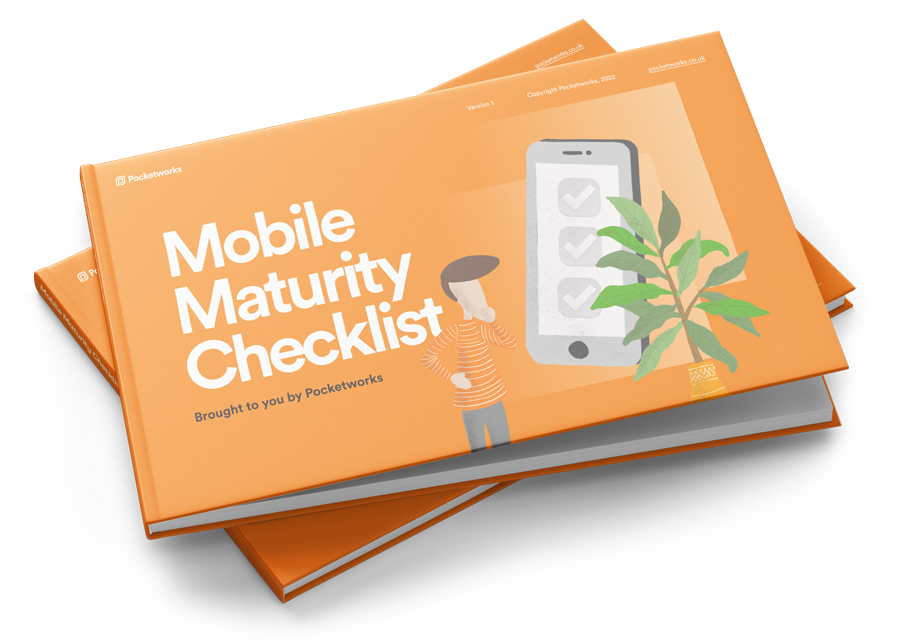User research is not just about gathering opinions; it's about uncovering real needs, validating assumptions, and making informed decisions. By integrating user research into the discovery phase, you can ensure they’re solving real problems, not just building for the sake of it.
This article explores why user research is essential for validating product-market fit and how it can help you avoid pitfalls while building successful digital products.
Only fools rush in...
In the fast-paced world of digital products, launching an app or platform without validating its product-market fit is a risky move. We've all seen companies pour time, money, and effort into building something - only to realise too late that users don't actually want it.
So, how do you avoid this costly mistake? The answer lies in user research.
The cost of building without user research
Before we dive into the benefits of user research, let’s consider the risks of skipping it. Many startups and even well-funded companies have launched products without properly validating demand. Think about the high-profile failure of Google Glass. Despite being a revolutionary concept, the product failed to connect with a real user need. Why? Because it was built on assumptions rather than direct user validation.
User research acts as an early warning system, helping businesses course-correct before it’s too late.
Research uncovers real pain points and needs
One of the biggest misconceptions in product development is that market research alone is enough to validate demand. While market data can highlight industry trends, it doesn’t reveal the specific pain points that real users experience.
For example, if a market report says that 75% of people are interested in digital health apps, does that mean they’ll use yours? Not necessarily.
By conducting interviews, focus groups and/or guerrilla research, companies can pinpoint what truly matters to users - leading to a stronger product-market fit.
Research helps to validate assumptions before you invest heavily
Many organisations fall into the trap of making assumptions about what their users want and need.

But what happens when those assumptions are wrong? Companies risk wasting time and money on building features that users don’t want or understand.
User research provides a reality check. It helps teams to identify risky assumptions early, test ideas through real-world feedback, and refine product positioning and messaging.
A simple way to validate assumptions is through concept testing showing a prototype or even a landing page to potential users and gauging their reactions before investing in full development.
Oh, a quick interruption! If you like this article, you'll probably like our newsletter? It brings you loads of useful mobile insights and tips, helping you increase your mobile knowledge every two weeks 👇
Get inspiration from the world of apps.
Righty, now that you've signed up, let's get back to the article 😅
User research as a source of truth for decision-making
In many organisations, product decisions are influenced by opinions, internal debates, or the highest-paid person in the room (HIPPO effect). This can lead to biased decision-making, where the loudest voices dictate priorities instead of actual user needs.
User research helps cut through the noise by providing objective evidence that aligns stakeholders around real user needs.
How to incorporate user research into your product strategy
Hopefully, by now, I’ve convinced you that user research is an essential component of your product strategy. So, how can you integrate it into your product development process?
Here are some top tips on how to get started:
1. Start early and continue throughout the development process
- Conduct exploratory research at the idea stage (interviews, surveys, field studies etc.).
- Make time for usability testing and MVP experiments before launch.
- Gather post-launch feedback to improve and iterate.
2. Choose the right mix of research methods to provide different insights
- User interviews deliver in-depth insights into behavior and motivations.
- A/B testing validates which designs or features work best.
- Heatmaps & session recordings show how users interact with your product.
- Analytics & surveys allow you to gather quantitative data on user preferences and discover patterns.
3. Make research a habit, not a one-off activity
- Check-in regularly with users to keep your product aligned with their needs.
- Use feedback loops to adapt and evolve features.
- Embed research into sprint cycles and roadmap planning.
User research could be your competitive advantage
The best products don’t succeed by accident; they succeed because they deeply understand their users and create something that resonates. If you want to build products that truly fit their market, user research could be your competitive advantage.
Integrating user research into product development will help you:
- Avoid wasting time and money (on the wrong ideas).
- Uncover real user pain points (not just assumptions).
- Make data-driven decisions (instead of just guessing).
If you’d like to learn more about user research and product roadmap planning, we have some free resources and further reading you might find useful. Badly Drawn Mobile is a short illustrated guide that helps you make the important app decisions. We have a blog article about how to build a better app with Feature Discovery and another that explores how investing in user experience can help grow your mobile app.
Making apps that make a difference
In case you're wondering, Pocketworks is a software consultancy that specialises in mobile apps.
We bring you expertise in user research, mobile technology and app growth tactics to help you develop apps that create positive impact for your customers, shareholders and society.
To get a flavour of us, check out our free guides and app development services. Or, see some more background info on us.


